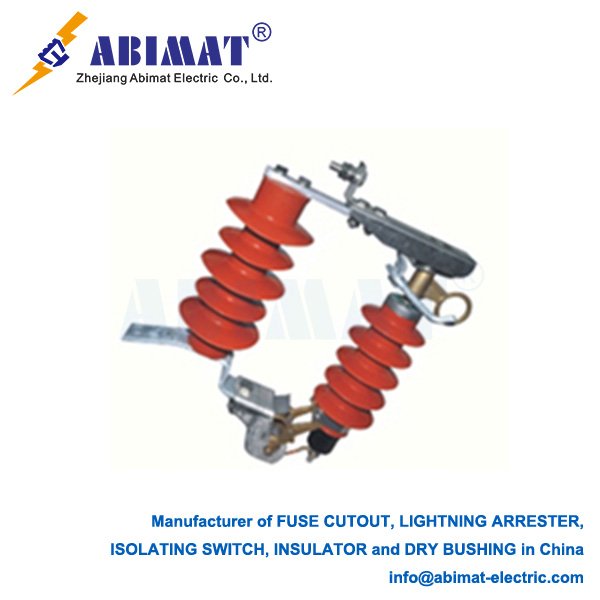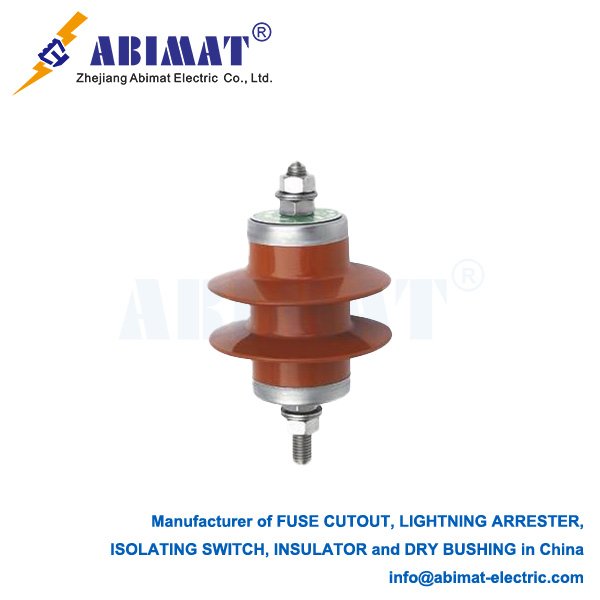Essential Components of a Modern Lightning Arrester
Lightning arresters, or surge arresters, protect electrical equipment from harmful voltage surges. These surges come from lightning or switching operations. Knowing their key parts helps in choosing, using, and maintaining them right. Modern high-voltage arresters use Zinc Oxide (ZnO) technology. They have several basic components.
The Metal Oxide Varistor (MOV) Blocks are the core. These are ceramic blocks made mainly of zinc oxide grains. They also have small amounts of other metal oxides like Bi2O3, Sb2O3, CoO, MnO. Their voltage and current relationship is highly nonlinear. At normal system voltage, they have high resistance. Only a tiny current, in microamps, leaks through. When a surge above their reference voltage hits, their resistance drops fast—within nanoseconds. This lets the big surge current go safely to the ground. Once the surge ends, they quickly go back to high resistance. This stops power from flowing through. To get the right voltage rating and energy handling, these blocks are stacked in series or parallel inside the housing.
The Housing, or Enclosure, has many roles. It supports the arrester mechanically. It protects the inside from moisture, pollution, and UV rays. It also insulates the internal MOV column. Different materials are used. Porcelain is traditional. It is strong. Its hydrophobic glazing helps with pollution. But it is heavier and more likely to break than polymer. Polymer, like Silicone Rubber or EPDM, is getting more popular. It repels water well. It is lighter. It can take more impact without shattering. It works better in dirty places. The housing has sheds, which are ribs. These increase the creepage distance, improving pollution handling.

End Fittings, or Terminals, are where electricity connects. They link the internal MOV column to the outside system—the line terminal—and to the ground, the ground terminal. They also help seal the housing tightly. They are usually made of corrosion-resistant aluminum or copper alloy. The line-end fitting connects to the high-voltage wire. The ground-end fitting connects to the grounding system. They have strong parts for connecting wires, like lugs or bolted pads.
The Sealing System makes a tight seal between the housing and end fittings. It keeps moisture and dirt out. If these get in, they can damage the MOV blocks or cause internal flashovers. A bad seal often leads to arrester breakdown or failure. To keep the seal good for long, special rubber gaskets like O-rings, compression fittings, and sometimes epoxy or glass-to-metal seals are used.
The Internal Structure and Compression System holds the MOV column firmly inside the housing with controlled pressure. The right compression is important. It keeps the blocks in good electrical contact. It also ensures they share voltage and current evenly when working. Springs or rubber pads are often used. They keep pressure steady even when temperatures change.
Grading Rings are optional but common for high or extra high voltage arresters. They go around the line-end of the housing, especially for higher voltages. They control the electric field along the arrester. This stops too much voltage stress where the line-end terminal meets the housing. It also spreads voltage more evenly across the internal MOV blocks. This helps the arrester stay stable and last longer.
Mounting Brackets or a Base let the arrester attach securely to a support structure. This could be a pole, tower, pedestal, or substation frame. They need to handle forces like wind or earthquakes. They also make sure there is enough space between things. Grounding connections usually go through the base or directly to the ground terminal.
A ABIMAT modern lightning arrester’s performance and reliability depend much on each part’s design, material quality, and careful making. The nonlinear ZnO MOV blocks, protective housing, strong sealing system, and good electrical and mechanical connections work together. This teamwork lets the arrester handle system voltage stress repeatedly. It also lets it safely redirect harmful surge energy. Knowing these parts is key for engineers who choose, install, and maintain these important protectors.


